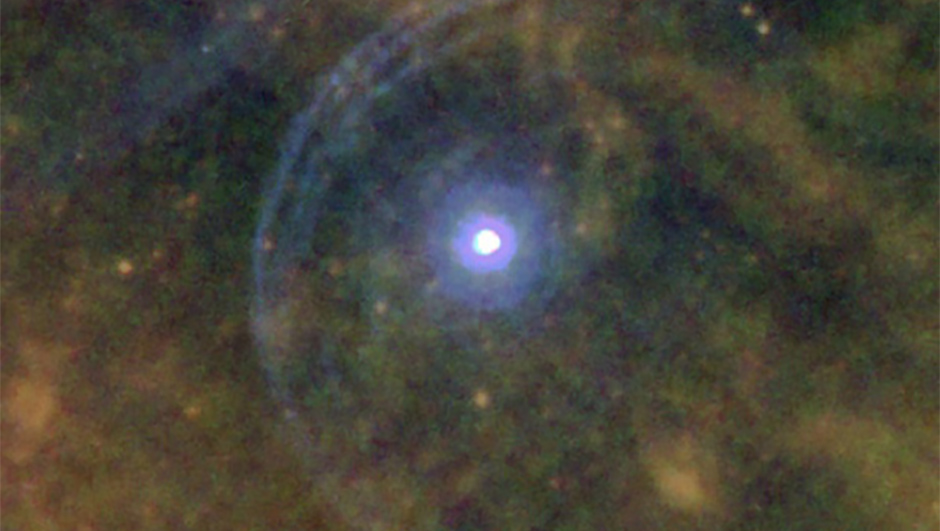Being new around here, hope to not break any rules. There was an article I just read that seems to be closed without comment and I wanted to discuss it. I'm not an astronomer or astrophysicist, so what I think may not agree with accepted "norms" I did read the rules and feeling like being out on thin ice in spring, but here goes.
I don't have any problem accepting that Betelgeuse merged with a star similar to our own, only bigger. The rub will come when I suggest that the "swallowed" star hasn't been digested quite yet. If it had, wouldn't Betelgeuse have backed up the aging progression of stars and become "younger"? A red giant the size of Betelgeuse would have no problem harboring a star in It's outer/cooler "cloud" orbiting each other as binary stars for quite awhile. The gravity of the giant's core would strip off material, giving the old dying star a fill up so to say. @ some point the mass of the companion diminishes to a point where the mutual orbit becomes unstable,misshapen and the ellipse allows the draining companion to head out to the outside boundary of the giant, even causing it to loose it's round shape. When this old companion finally ends up merging with the giant's core, there might be some fireworks, maybe not a supernova. This is conjecture, hope it's okay...
Pete
I don't have any problem accepting that Betelgeuse merged with a star similar to our own, only bigger. The rub will come when I suggest that the "swallowed" star hasn't been digested quite yet. If it had, wouldn't Betelgeuse have backed up the aging progression of stars and become "younger"? A red giant the size of Betelgeuse would have no problem harboring a star in It's outer/cooler "cloud" orbiting each other as binary stars for quite awhile. The gravity of the giant's core would strip off material, giving the old dying star a fill up so to say. @ some point the mass of the companion diminishes to a point where the mutual orbit becomes unstable,misshapen and the ellipse allows the draining companion to head out to the outside boundary of the giant, even causing it to loose it's round shape. When this old companion finally ends up merging with the giant's core, there might be some fireworks, maybe not a supernova. This is conjecture, hope it's okay...
Pete


